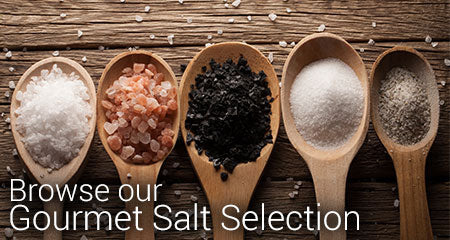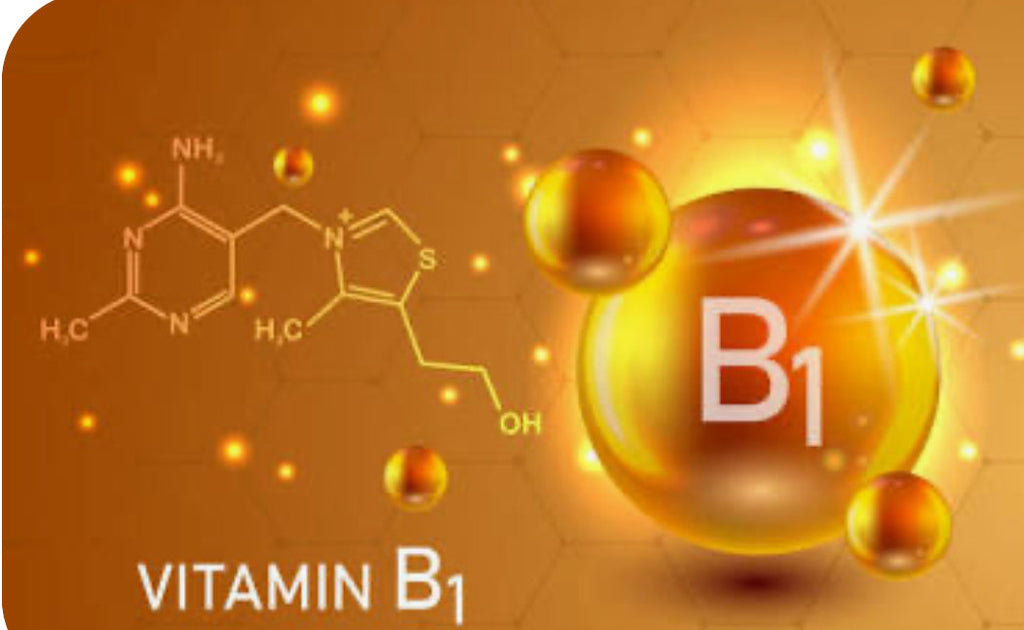Parkinson’s and EVOO - Blog # 31

Hello Everyone! Welcome back to another Friday blog. Since April is Parkinson’s Awareness month, I wanted to delve in and take a look at the latest research on this 2nd most common neurodegenerative disease with no known cure and limited treatment options. Many of my own patients have said that the Parkinson’s drugs are worse than the disease itself. According to a report from Blue Cross Blue Shield, “The prevalence rate of Parkinson’s Disease (PD) has grown more than 50% in the span of five years.” To make it even more scary, it is “rising amongst members ages 30-64, and rapidly in adults under the age of 50!!” Holy moly! So, it appears the onset is getting earlier and becoming more prevalent. PD has been predicted to rise in the population to 1.2 million by 2030. So, what is PD and what can we do to prevent it?
Parkinson’s Disease is named after James Parkinson, who first described this ‘shaking palsy’ in 1817. He described it as follows:
“Involuntary tremulous motion, with lessened muscular power, in parts not in action and even when supported; with a propensity to bend the trunk forward, and to pass from a walking to a running pace: the senses and intellects being uninjured.”
You can trace descriptions of PD as early as 1000 B.C. from Indian and ancient Chinese writings. PD is an idiopathic (unknown origin) neurodegenerative disorder caused by loss of dopamine-producing cells in the brain leading to a decline or loss of motor function. Neurotoxicity is a common factor among PD and Alzheimer’s patients. PD is “clinically characterized by bradykinesia, rigidity, resting tremor, and some nonmotor symptoms, which affects approximately 1–2% of the population above the age of 65 years. Pathological hallmarks include the loss of dopaminergic neurons within the substantia nigra pars compacta, as well as the intraneuronal accumulation of proteins forming Lewy bodies.” There are some genes linked to Parkinson’s, but most feel a combination of environmental and genetic factors are contributors.

Symptoms result in difficulty with coordination, mask-face, drooling, shuffling gait, slowness, stiffness, tremor and impaired balance. To make things worse, secondary symptoms often occur including depression, anxiety, confusion, sleep disturbance, constipation, slurred speech, mood disorders and dementia. 😳 This is awful!
According to the Parkinson’s Disease Foundation, there are 5 stages of PD:
- Stage 1. Symptoms are mild and do not interfere with the person’s quality of life.
- Stage 2. Symptoms worsen and daily activities become more difficult and take more time to complete.
- Stage 3 is considered mid-stage Parkinson’s disease. The individual loses balance, moves more slowly, and falls are common. Symptoms impair daily activities, for example, dressing, eating, and brushing teeth.
- Stage 4. Symptoms become severe and the individual needs assistance walking and performing daily activities.
- Stage 5 is the most advanced stage of Parkinson’s disease. The individual is unable to walk and will need full time assistance with living.
So, what can we do to prevent and/or treat this devastating disorder? Enter EVOO. Thomas Jefferson quoted and I agree, “the olive tree is surely the richest gift of heaven.” Jefferson was a botanist, gardener and spoke 5 languages. He planted olives in South Carolina, but was unable to get a harvestable crop. The botanical name ‘Olea europaea,’ is an evergreen tree that is native to the Mediterranean, Asia and Africa. However, many olives are now being grown all over the world and extensively in California here in the US. Jefferson would be so proud.❤️

There are several compounds in EVOO that are actively involved with mammalian neurotransmitters and catabolites, particularly dopamine. The primary phenolic compounds in EVOO that are super important for the prevention and treatment of PD include the following: Tyrosol, hydroxytyrosine, Oleuropein, and Oleocanthal. These “polyphenols exert antioxidant, anti-inflammatory, anticancer, antimicrobial, antiviral, antiatherogenic, hypoglycemic, hepato-, cardio-, and neuroprotective effects...cell protective effects due to their ability to scavenge free radicals and inhibit low-density lipoproteins oxidation, as well as the activation of specific signaling pathways.”
A study published in the journal Neurobiology of Aging revealed that Tyrosol, a phenol in EVOO, reduces oxidative stress and delays neurodegenerative processes. They discovered a significant decrease in aggregation (clumping) of alpha-synuclein (protein), a hallmark of PD. Tyrosol is a powerful antioxidant and blocks reactive oxygen species (ROS) that cause damages, while significantly increasing the expression of a few proteins that are known to help cells protect themselves from damage, like heat shock proteins.
Oleocanthal is another amazing phenolic compound in EVOO that is structurally similar to ibuprofen and is a powerful anti-inflammatory. “Oleocanthal has been reported to exhibit various modes of action in reducing inflammatory related disease, including joint-degenerative disease, neuro-degenerative disease and specific cancers.”
Hydroxytyrosine (HT) is another phenol in EVOO that protects against dopaminergic cell death according to a study in 2016 investigating its neuroprotective roll. “Our findings suggest that HT has a protective effect against DA- and 6-OHDA-induced dopaminergic cell death, supporting the beneficial effect of olive oil in preventing DA-metabolism related dopaminergic neuron dysfunction.”
Oleuropein is found in the leaf and fruit of the olive and is a powerful phenolic compound with multiple neuroprotective properties including antioxidant, anti-inflammatory, anti-cancer, anti-viral, hepato-protective, antimicrobial and antiatherogenic.
In a study on toxin-induced Parkinsonism mice, researchers compared corn oil and olive oil’s effects and found that “olive oil prevented the age-related impairment in motor coordination in the rotarod test when administered orally. These authors suggested that this effect was probably related to reduced lipid peroxidation in the central nervous system (CNS). Furthermore, Luceri et al.26 showed that an intervention with olive oil modulates the expression of genes and miRNAs involved in neuronal function and synaptic plasticity, along with cognitive, motor, and emotional behaviors. Moreover, the frontal cortex of old mice fed with olive oil exhibited miRNA expression profiles similar to those observed in young mice.
What these reasearchers found is that EVOO limits motor disruption and neuronal damage that leads to PD. This is incredible news!!! Not only does it offer so many neuroprotective benefits against PD, but Alzheimer’s and dementia as well. The higher levels of polyphenols, the better! They also report the protective effects are dose-dependent. So, for me, I’ll stick with my 4Tablespoon shot of EVOO every morning, thank you very much!! And don’t forget to get your Omega 3s from fatty fish as well. Studies show “DHA is able to modulate cellular properties and physiological processes such as membrane fluidity, release of neurotransmitters, gene expression, myelination, neuroinflammation and neuronal growth.”
So, until next time my friends, drink, drizzle, digest high polyphenol EVOO, eat fatty fish rich in Omega 3s, eat foods high in lutein, drink lots of water, get plenty of sleep, get a good pre/probiotic, exercise your body and mind and turn off the light!! #EVOO
This blog is intended for informational purposes only. Discuss strategies with your Healthcare Practitioner.






